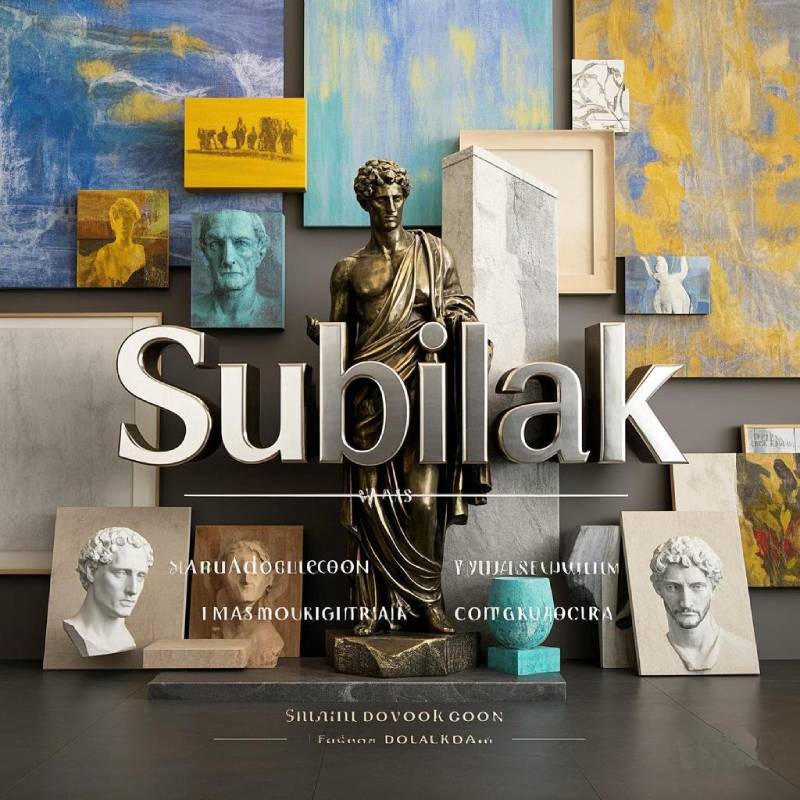
The development of modern bronze sculpture art is the product of the combination of traditional craftsmanship and modern aesthetics, technology and social culture. Its evolution process not only continues the profound heritage of bronze civilization, but also constantly breaks through traditional boundaries, showing the characteristics of diversity, experimentation and internationalization. The following are several key directions and characteristics of its development:
- The fusion of tradition and modernity
Craft inheritance: Traditional casting techniques (such as lost wax method and sand casting) are still the basis of bronze sculpture creation, but artists have innovated in detail processing and surface texture (such as oxidation, gilding, and aging), giving the works richer visual effects.
Reinterpretation of cultural symbols: Many bronze sculptures deconstruct and reorganize traditional images (such as bronze patterns and religious totems) and integrate them into contemporary contexts. For example, the “Dinosaur” series by Chinese artist Sui Jianguo uses bronze to reshape ancient creatures, metaphorically implying the relationship between modern civilization and tradition. - Innovation of materials and technologies
Application of composite materials: Copper is combined with stainless steel, glass, resin and other materials to expand its expressiveness. For example, Tony Cragg’s abstract sculpture explores the dynamic relationship between matter and space through the collision of copper and industrial materials.
Digital technology intervention: 3D modeling, laser cutting, CNC casting and other technologies make complex structures possible. Artists can first design through digital modeling, and then combine traditional casting to complete the work, such as Zaha Hadid’s streamlined copper sculpture installation.
Environmental protection and sustainability: The use of recycled copper and the exploration of pollution-free casting technology reflect the impact of ecological issues on art. - Breakthrough in artistic concepts
Abstraction and minimalism: Modern copper sculptures have broken away from the constraints of realism and turned to geometric abstraction (such as Constantin Brancusi’s “Infinite Column”) or minimalist forms, emphasizing the texture of the material itself and the interaction with space.
Publicity and social intervention: Copper sculptures have moved from art galleries to public spaces and become symbols of urban culture. For example, Chicago’s “Cloud Gate” (The Bean) reflects the city and people with its polished copper surface, triggering public participation.
Conceptual art expression: Copper is endowed with symbolic meaning, such as Xu Bing’s “The Story Behind” series, which uses copper plates to collage light and shadow to explore the boundary between reality and virtuality. - Globalization and locality
Cross-cultural dialogue: Western modernism (such as Picasso and Giacometti’s reference to African bronze sculptures) and Eastern aesthetics (such as Zen and blank space) influence each other. The bronze sculptures of Japanese artist Katsura Funagoshi combine surrealism and the tranquility of Noh masks.
Contemporary transformation of regional characteristics: For example, African artists combine tribal bronze sculpture traditions with colonial history and identity to create critical works; Indian bronze sculptures incorporate mythological narratives and feminist perspectives. - Market and academic promotion
Art market recognition: Bronze sculptures have become an important category in the contemporary art market due to their durability and collection value. For example, the auction prices of Anish Kapoor’s large bronze mirrors have repeatedly set new highs.
Academic research and exhibitions: Biennales and sculpture triennials (such as the Venice Biennale and the Echigo-Tsumari Art Triennale in Japan) provide a display platform for bronze sculptures. Art departments in universities have established metal sculpture majors to promote the integration of theory and practice.
